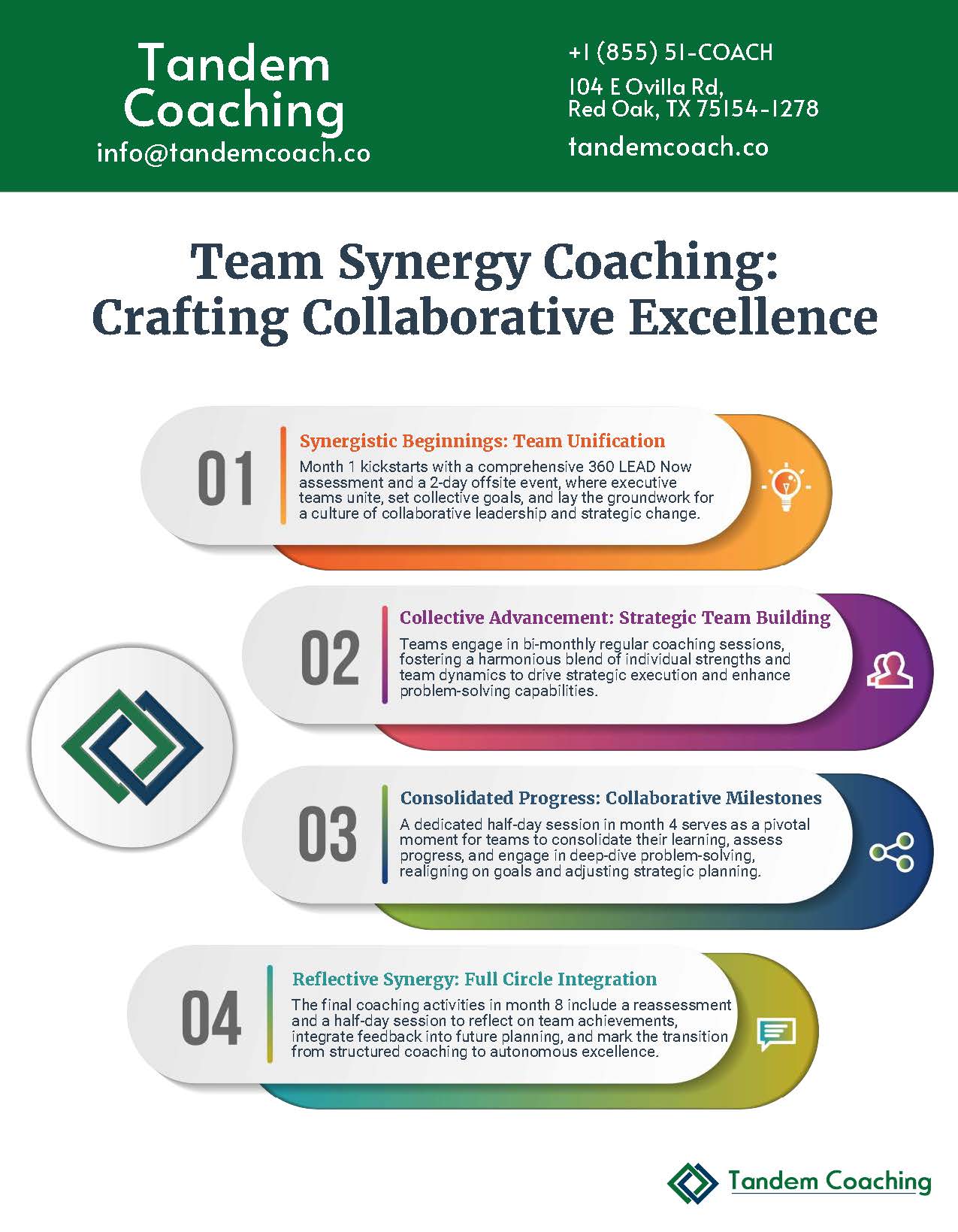Discover five strategic steps for agile coaches to establish an effective engagement plan for leadership teams, ensuring alignment, clarity, and sustainable growth.
Tandem Coaching Blog - Page 18
Everything you want to learn about Executive Coaching and Leadership Development.
Explore four essential tips for mastering multi-level listening in coaching. Learn how to embrace silence, listen beyond words, perceive the unspoken, and use yourself as an instrument for deeper client understanding and support.
Embark on a magical quest to ICF Coaching Certification, akin to Hogwarts' wizarding journey. Discover the essence of ICF credentials, their significance, and how they transform you into a revered coach. It's not just about learning; it's about applying core competencies and ethical standards to elevate clients and the profession alike. Join this enchanting adventure to unlock your coaching potential and weave spells of change and growth.
Learn four strategic steps for creating an effective engagement plan for leadership teams, focusing on comprehensive assessments, inclusive engagement, clear goal-setting, and continuous improvement.
Discover how to master the art of listening in agile leadership coaching with these four essential skills, transforming your coaching approach and enhancing organizational agility.
Unlock the transformative power of coach supervision with insights from Cherie Silas, MCC. Discover how reflective practices and mentorship by accredited supervisors like Silas enhance coaching effectiveness and professional growth. Learn the difference between coaching supervision and mentor coaching and explore the path to becoming an accredited coach supervisor. Elevate your coaching with proven strategies for success.
Discover five NLP techniques that can revolutionize executive coaching, from building rapport to reframing challenges, and how they can enhance leadership development.
Discover 5 transformative strategies for elevating leadership and executive teams, from cultivating trust to embracing systemic thinking and accountability, all through the lens of Cherie Silas's coaching expertise.
Discover the 5 essential steps to crafting effective coaching agreements with leaders and executives, paving the way for transformative growth and achievement in professional settings.
Discover five transformative strategies for building trust and enhancing communication in agile teams, from understanding individual contexts to fostering openness and establishing clear goals.

Let's Discover Your True Potential. Together.
We will do a needs assessment, and design a program that meets your specific needs.

Boost Your Leadership Team Success!
Take your leadership team to the next level and achieve great results with our executive coaching.
Learn how our coaching and ASPIRE method can change things for you—get a free brochure to begin your journey.















